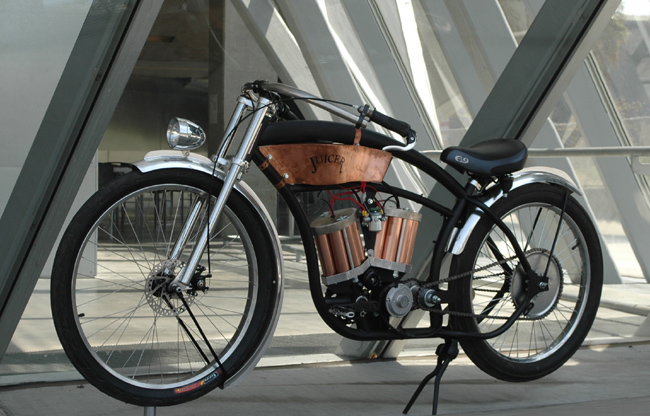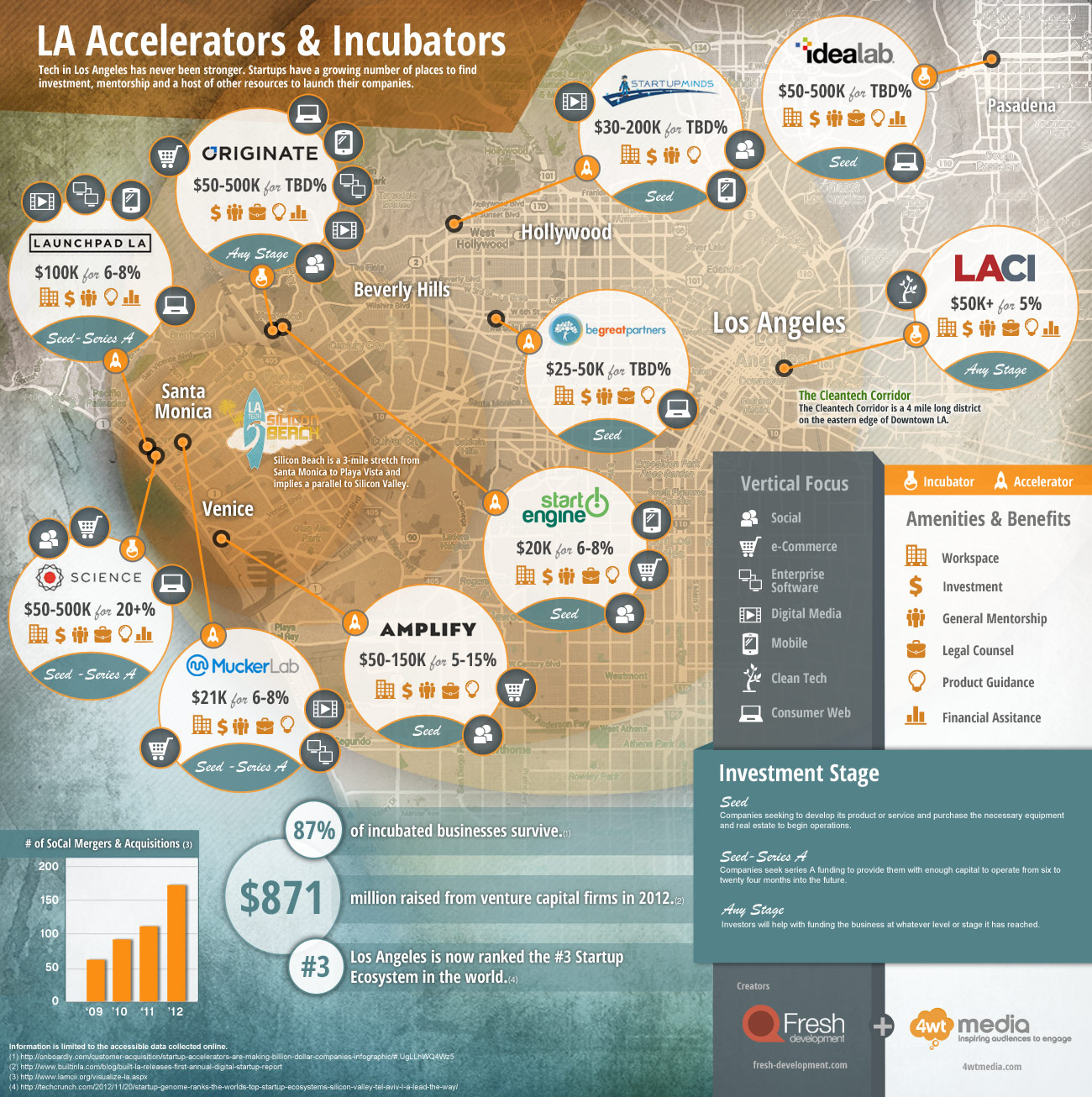Fresh off the wire, and a great win for SoCal…
The California Energy Commission has awarded funds to a consortium of Southern California-based organizations led by the Los Angeles County Economic Development Corporation (LAEDC) to establish a Southern California Center for Alternative Fuels and Advanced Vehicle Technology. The Center will consist of one virtual hub and two physical locations—one in San Diego, which will be managed by the California Center for Sustainable Energy, and one in Los Angeles, which will be managed by the Los Angeles Cleantech Incubator. The Center will serve the counties of Imperial, Los Angeles, Orange, Riverside, San Bernardino, San Diego, Santa Barbara and Ventura.
“Southern California already boasts tremendous assets in driving the consumer-side of the advanced transportation market,” said Bill Allen, President and CEO, LAEDC. “Our goal with this critically important Center is to also leverage these assets to ensure that we’re a leading developer, designer and producer of these lower-emission technologies to add the high-value jobs and wages as well as the tax revenues that will result from a thriving advanced transportation cluster.”
The California Center for Sustainable Energy (CCSE), a nonprofit organization that administers the statewide Clean Vehicle Rebate Project for the California Air Resources Board, will operate the San Diego Center. “Southern California already leads the state in the adoption of alternative fuel vehicles, but we are a long way from where we need to be to reach the state’s ambitious goals for reducing petroleum use and greenhouse gas emissions,” said CCSE Executive Director Len Hering, RADM, USN (ret.). “These two new centers and the online component will help municipalities, government agencies and industry partners better focus and direct their efforts to grow the market for cleaner transportation throughout the region.”
The Los Angeles Center will be managed by the Los Angeles Cleantech Incubator (LACI) at the La Kretz Innovation Campus in downtown Los Angeles. “LACI is thrilled to leverage its incubation programs and state-of-the-art campus to further advance the commercialization of alternative fuels and vehicle technologies in Southern California,” said Fred Walti, Executive Director of LACI. “The deeply committed and capable partners cooperating in this initiative represent an economic development powerhouse.”
“This project will be a great asset for our region,” said Assemblymember Bonnie Lowenthal, chair of the Assembly Transportation Committee. “Not only will they be developing alternative fuels and clean technology, they’ll be creating jobs that will drive economic growth for years to come.”
Additional partners receiving funding include the UCLA Smart Grid Energy Research Center and the Luskin Center for Innovation, Advanced Sustainability Institute, California State University-Los Angeles and the Inland Empire Economic Partnership.
The California Energy Commission contract is scheduled to begin in June 2014. The project will also use $1.6 million in matching funds from advanced transportation industry leaders. For more information about the Center, visit www.AdvancedTransportationCenter.org.
About the LAEDC
The LAEDC, the region’s premier economic development leadership organization, is a private, non-profit organization established in 1981 under section 501(c)(3). Its mission is to attract, retain, and grow business and jobs for the regions of Los Angeles County. Since 1996, the LAEDC has helped to retain or attract over 190,000 annual jobs in Los Angeles County with an estimated labor income, including wages and benefits, of approximately $12 billion. Learn more at www.laedc.org.
About the Los Angeles Cleantech Incubator (LACI)
LACI is a private nonprofit that accelerates the commercialization of clean technologies in the Los Angeles region. Located in the center of the City’s Cleantech Corridor, LACI offers flexible office space, CEO coaching and mentoring, and access to a robust network of experts and capital. Incubated companies operate in a range of sectors including Smart Grid infrastructure, energy efficiency, energy storage, transportation, and materials science. LACI works closely with the region’s utilities, universities, business community, government institutions and capital markets to foster innovation and to grow the region’s green economy. Learn more at www.newlaci.staging.wpengine.com.
About the California Center for Sustainable Energy
The California Center for Sustainable Energy (CCSE) is an independent, nonprofit organization that accelerates the transition to a sustainable world powered by clean energy. CCSE helps consumers, businesses, governments and others adopt energy efficiency, renewable energy and clean transportation technologies. Learn more at www.energycenter.org.





